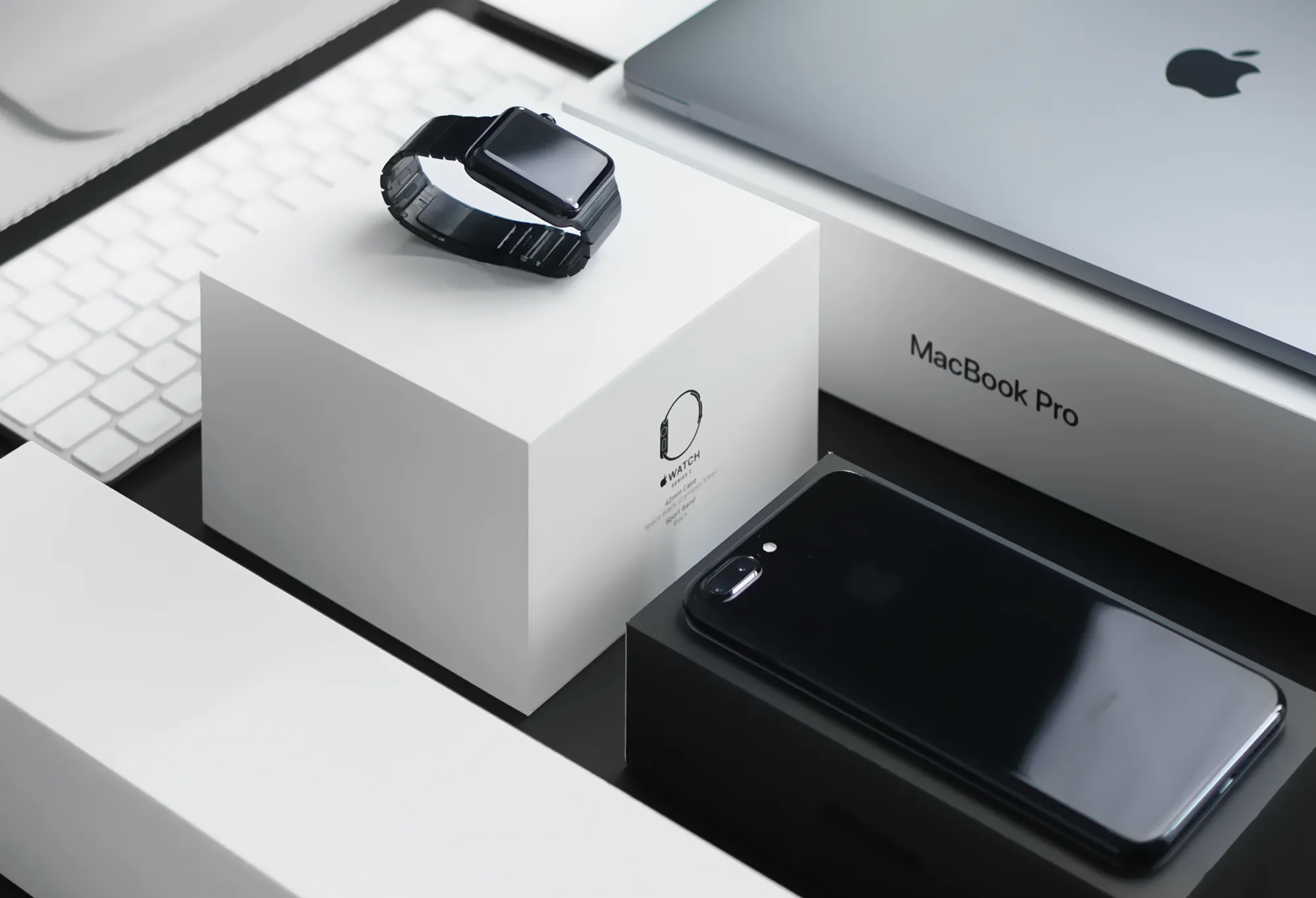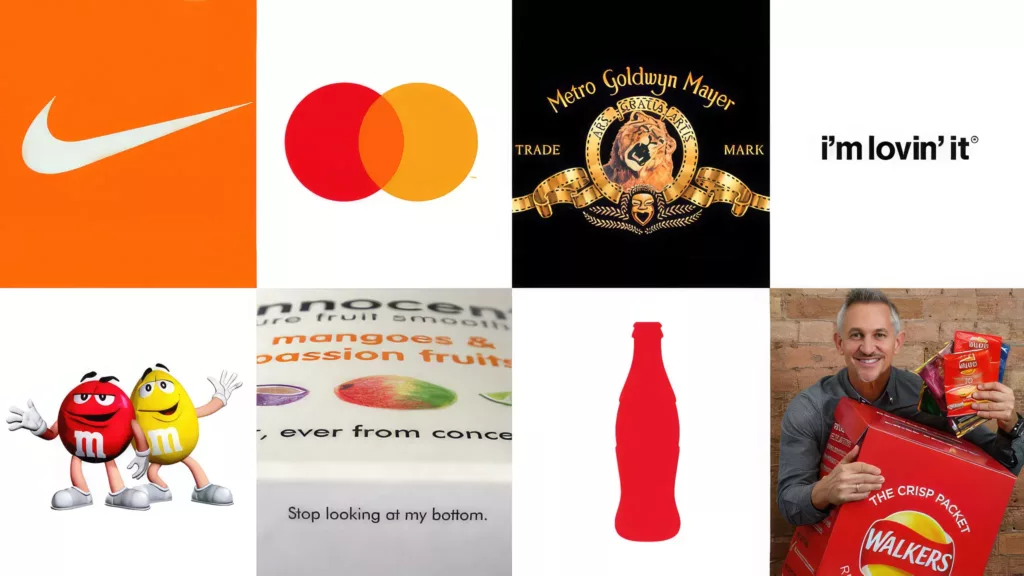Distinctive Assets
In today’s saturated marketplace it’s difficult to be unique and standout above all others.


RAY CROOK
Head of Innovation
Reality is, there are only a few truly unique products in the market. So, to make a brand stand out more than others it needs to have strong distinctive brand assets.
What is a distinctive asset?
They are elements of the brand that signal that brand to consumers. They are elements that don’t necessarily have anything to do with how the product functions, it’s what makes it recognisable immediately to the consumer. Think of the Nike swoosh, or the McDonalds arches.
What’s the benefit?
For effective communication consumers must be able to identify which brand is being advertised. The stronger the distinctive brand assets, the more recognition & loyalty it earns, which in turn creates greater sales.

What are they?
Distinctive assets are not just a logo, they can be created from a broad set of elements:
- Logos, Slogans
- Colours, Shapes
- Typefaces & fonts
- Characters & Celebrities
- Advertising style
- Tastes, Texture, Scents, Sounds
- Jingles & music and more.
In creating brand assets, it does require consistent commitment from marketers to keep the assets consistent and refrain from refining. It takes time to reinforce the link between the asset and the brand.
To measure distinctive assets, we utilise consumers to identify whether the brand asset is linked to the brand, but also that it’s not associated or confused with another brand. Given that there is a lot of assets within the market the Romaniuk Distinctive Asset Grid (From Ehrenberg-Bass Institute) can be used. Mapping the brand assets prevalence (Fame) against its uniqueness.
Going beyond the traditional approach: The classical approach is to introduce the brand asset to the consumer and have them to report which brand the asset is linked to. But this doesn’t reveal whether the asset is well entrenched in memory, whether they immediately know what brand it is, or whether it takes some seconds to decode. Given that consumers attention is divided we believe that the recognition of the brand must be quick, intuitive, to effectively drive the benefits listed above.
The goal for a brand owner is for the brand to be recognised immediately, to determine this we incorporate a system1 response latency technique to map Fast Fame against Uniqueness.
Case Study – Fast Food Outlets
For this case study we kept the research simple, we tested one type of asset, that being the brand logo. Given the type of category you could potentially also include product images, image of the store & counters, staff uniforms, mascots, jingles, music, smells and more.
What we found: The analysis was conducted using two approaches, the traditional approach allowing for slow recognition of an asset, as well as using response latency to identify how quickly an asset is recognised.
When given unlimited time the results indicated that most brands have fame, without much differentiation between them. However, when examining which there was immediate recognition (using system 1) there were some of the global brands owning a very strong distinctive logo asset whilst other QSRs (Oporto, Taco Bell, Burger King) taking longer to be recognised and hence not as effective as others.
Conclusion: The system1 response latency approach was successful in determining not only if the brand logo was a strong distinctive asset, but also whether the distinctive asset had a superior foothold in consumers memory. The approach was able to identify greater discrimination between the brand assets than the classical approach.
SHOPPER INSIGHTS
Please get in touch, if you’d like to know more.
